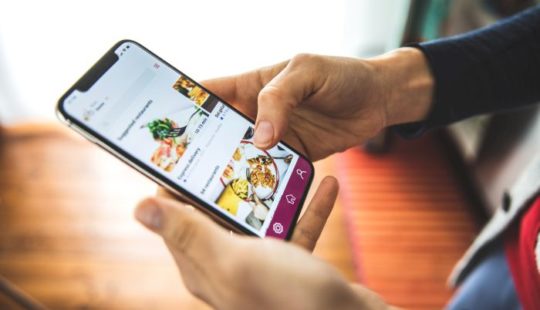KMO’s kennen hun klanten. Ze weten wie ze zijn, waar ze te vinden en hoe ze te begrijpen. Maar wat gebeurt er als – van de ene dag op de andere – onze maatschappij volledig op zijn kop wordt gezet? Wat als we plots terechtkomen in een samenleving waarin onze manier van leven beheerst wordt door social distancing, bevoorradingsproblemen en operationele bottlenecks?
Steeds vaker stellen mensen hun rol als consument in deze nieuwe economie in vraag. Niet omdat de consumptiemaatschappij faalt, maar omdat we ondervonden hebben hoe kwetsbaar die net is. Voor KMO’s, is dit het ideale moment om de efficiëntie van hun diensten te evalueren en ze aan te passen aan de behoeften van de consument, ongeacht hoe die verandert.
Maria Morais, Global Industry Principal, Consumer Industries for SAP Customer Experience.
A shake-up in the customer experience
Today, customers are on the verge of a new trend: the isolation economy. Now more than ever, people are forced to travel less to complete everyday activities, from going to work and sending children to school to shopping at the local grocery store.
It is well-understood that structural social changes lead to how businesses should engage and serve their customers. But this transformation will require a deep, lasting shift in business models, so companies can innovate and build products and services that resonate with their customer’s lifestyle transformation. The expectation is that the goods and services come to the customer, not the other way around.
But don’t be fooled: social connection is still a basic human need that needs to be addressed. Fortunately, we live in a time when technology allows us to remain in constant touch with family, friends, and colleagues. And perhaps more surprising is the ease of creating new social circles that span generations.
A call for flexible, creative, and empathic experiences
This pandemic won’t last forever, even though it may feel like it. However, most of the buying behaviors and preferences that people are now adopting will become deeply ingrained in their expectations for the customer experience.
At some point, customers will one day resume traveling, going to the movies, participating in sports events and concerts, and even visiting their favorite stores. However, midsize companies must remember that such activities will not happen at the same rate and intensity as before.
So besides quickly putting up e-commerce sites and using social media to engage customers, there are other ways to adjust to this “next normal” for the customer experience. It just takes a little more flexibility, creativity, and empathy to achieve it.
Take, for example, chatbots. Albeit a relatively simple technology, the digital assistant provides a human-like experience that resonates well with customers. More importantly, artificial intelligence can help midsize companies analyze changing customer behaviors as the devices learn about them by engaging in very focused dialogue.
Another approach is the ability to provide an experience that complements a growing do-it-yourself (DYI) movement. No more than ever, customers are engaging in the world of DYI to occupy their time being sheltered-in at home. The new trend is ripe for new spaces, services, and products that support doing things for oneself – such as events, classes, and educational resources.
Customer experience today, building block for tomorrow’s
Whether facing a government shake-up, natural disaster, or war, people naturally resort to survival tactics to ensure that their basic needs are addressed. But over time, those behaviors shape their expectations for the customer experience – sometimes with such speed and intensity that most businesses find challenging to adjust.
In many ways, the recent pandemic has unquestionably become a much-needed wake-up call for the customer experience. But midsize companies shouldn’t fear it. Instead, they should embrace it with the flexibility, creativity, and empathy that customers increasingly desire.
This article originally appeared on Forbes Voice Storm.



